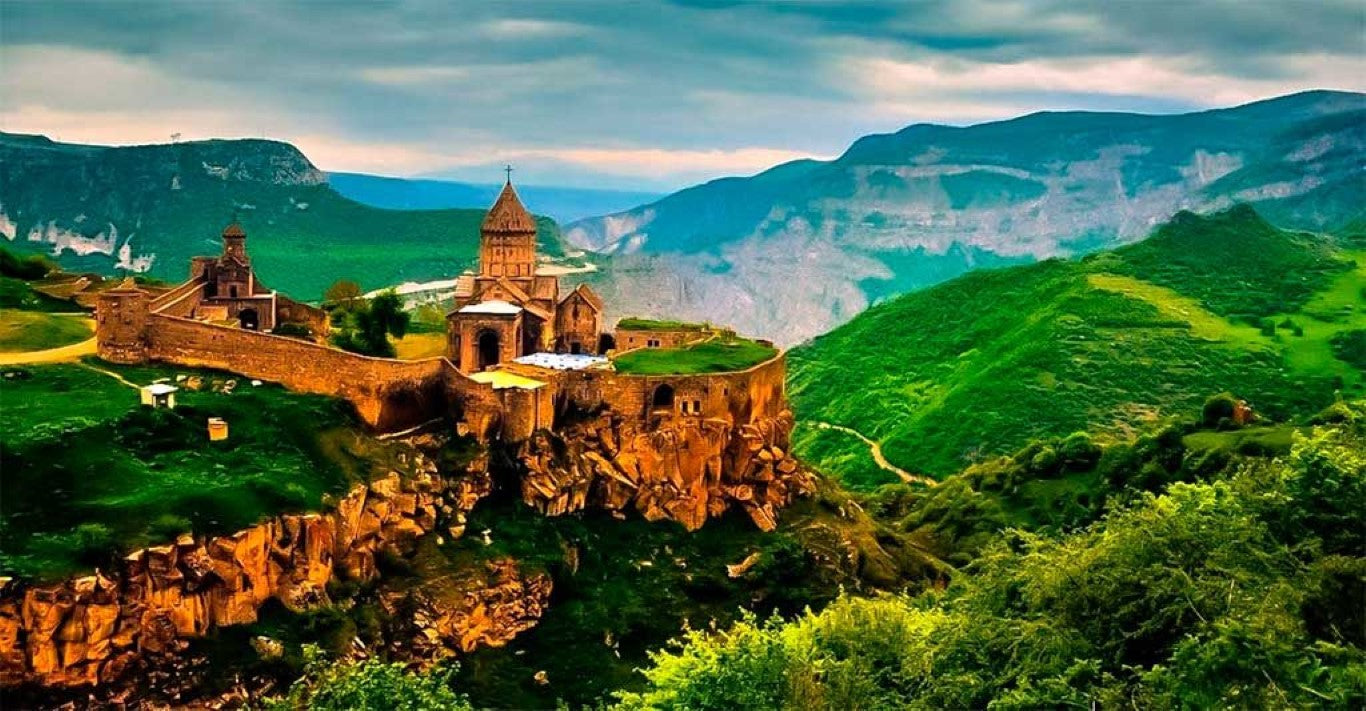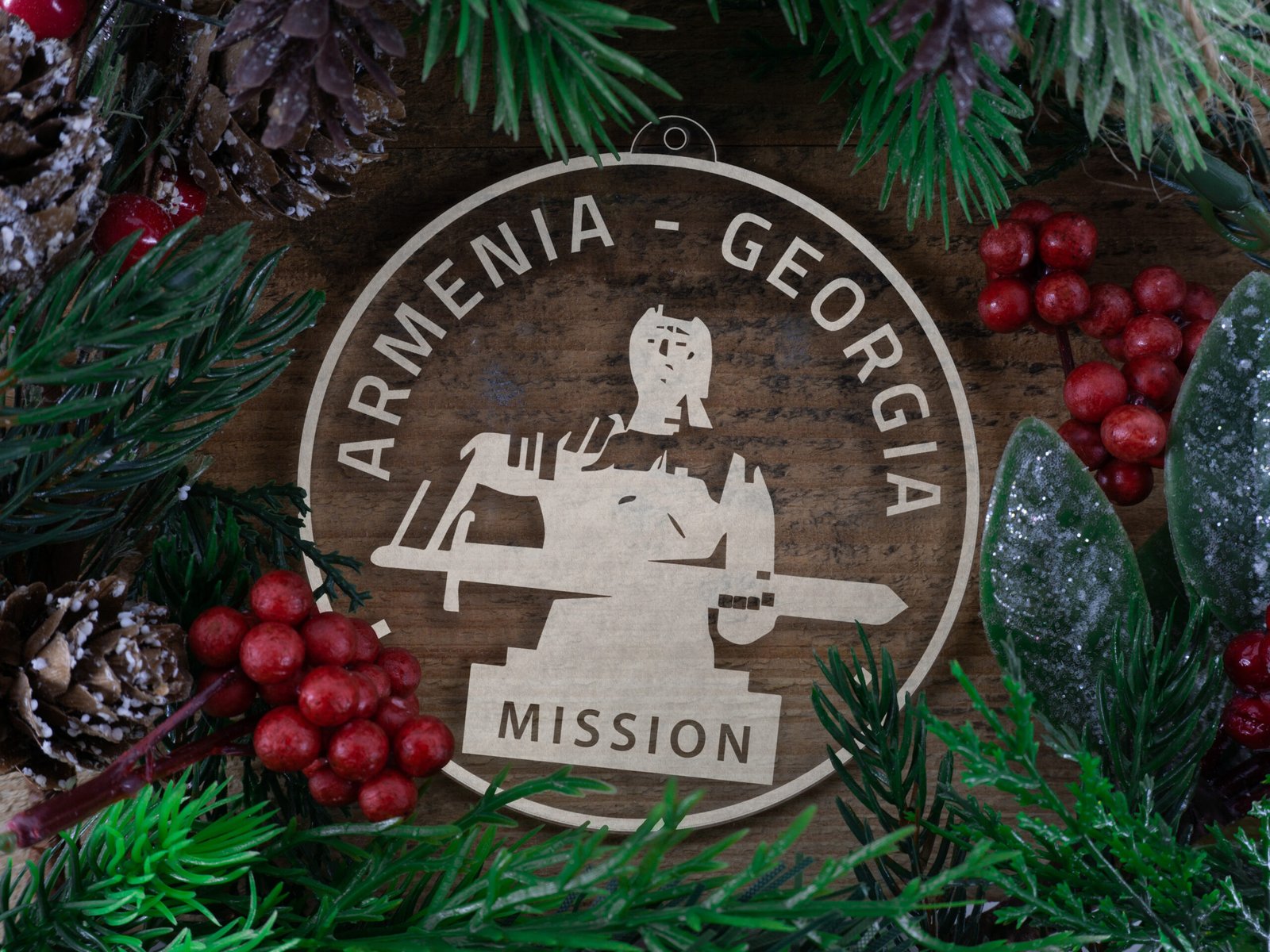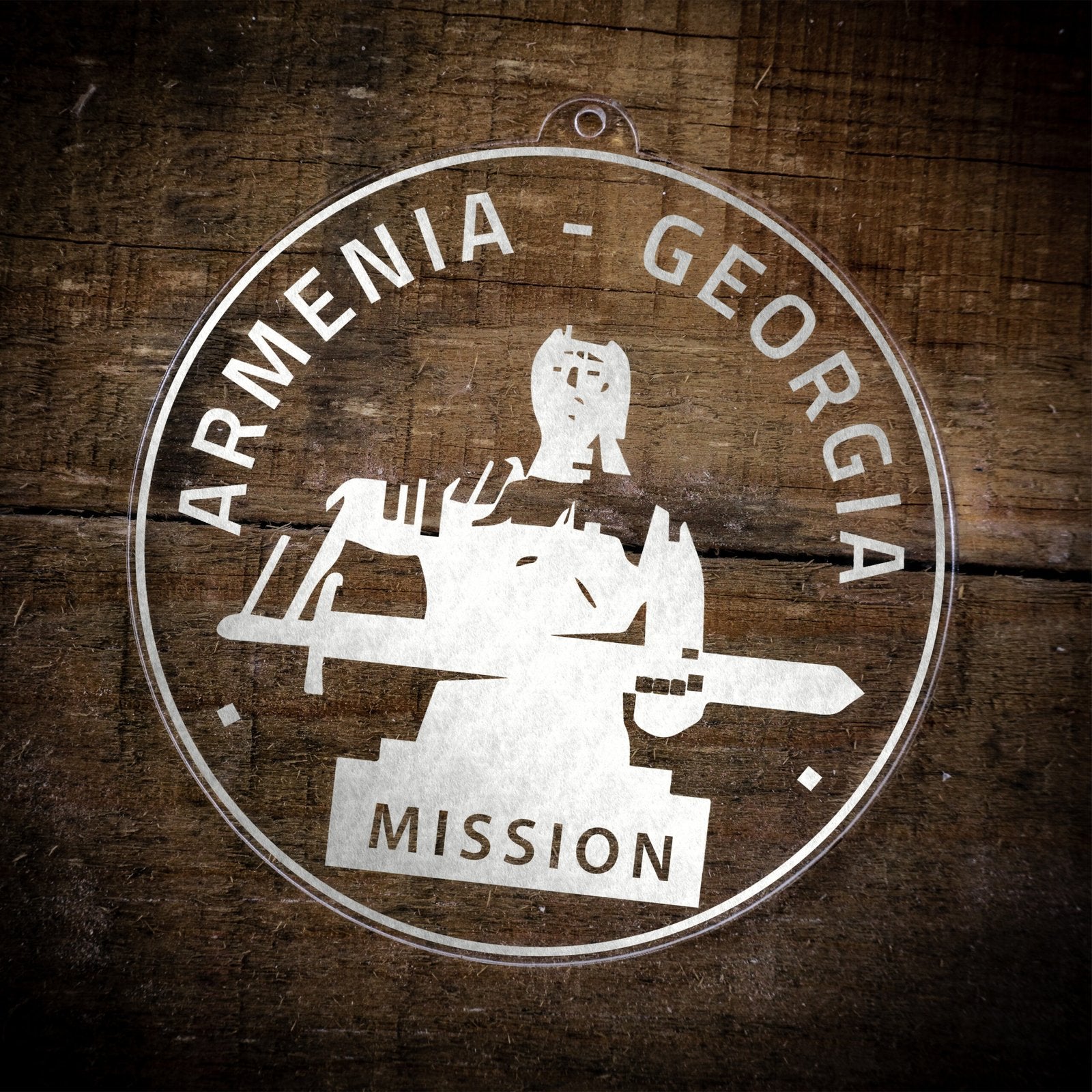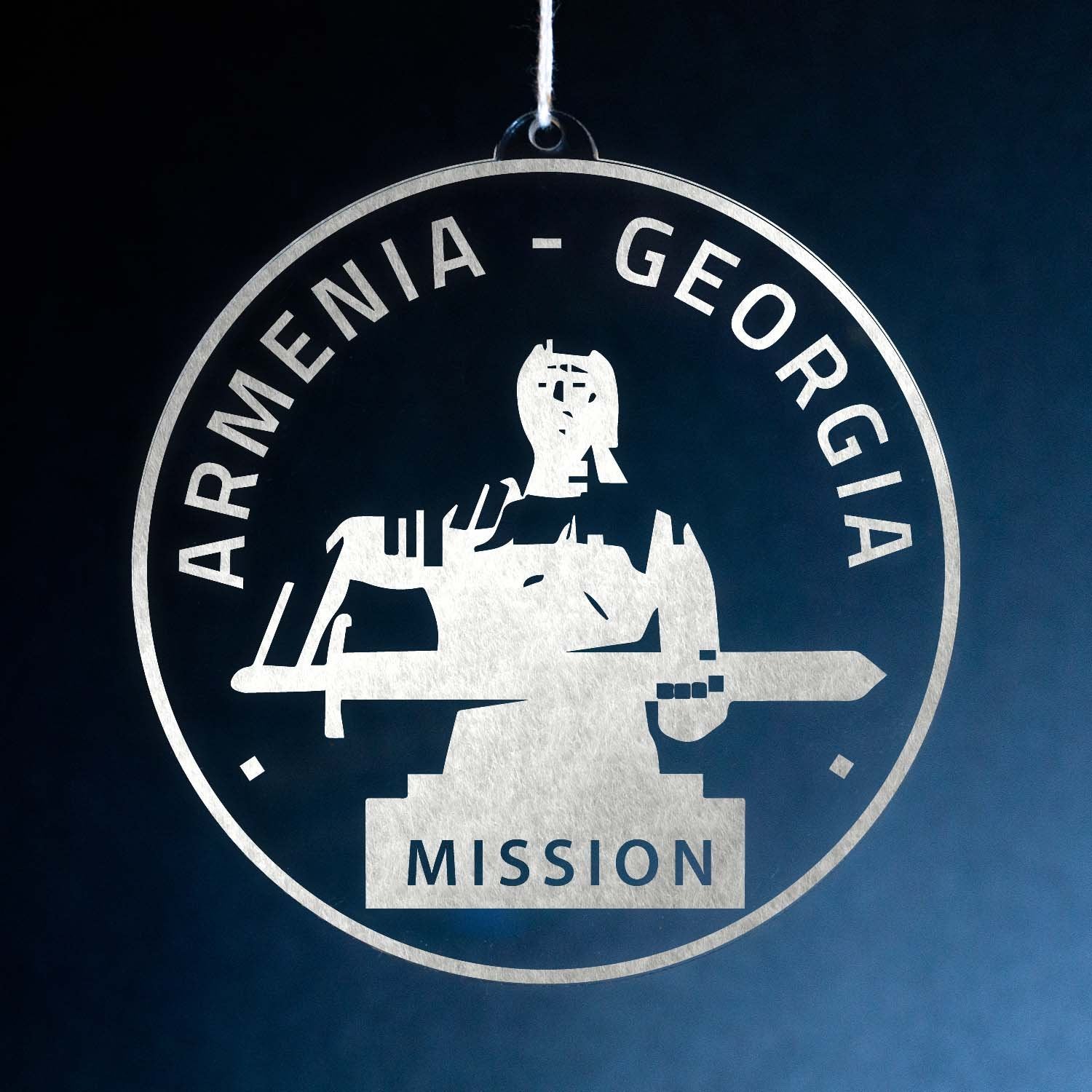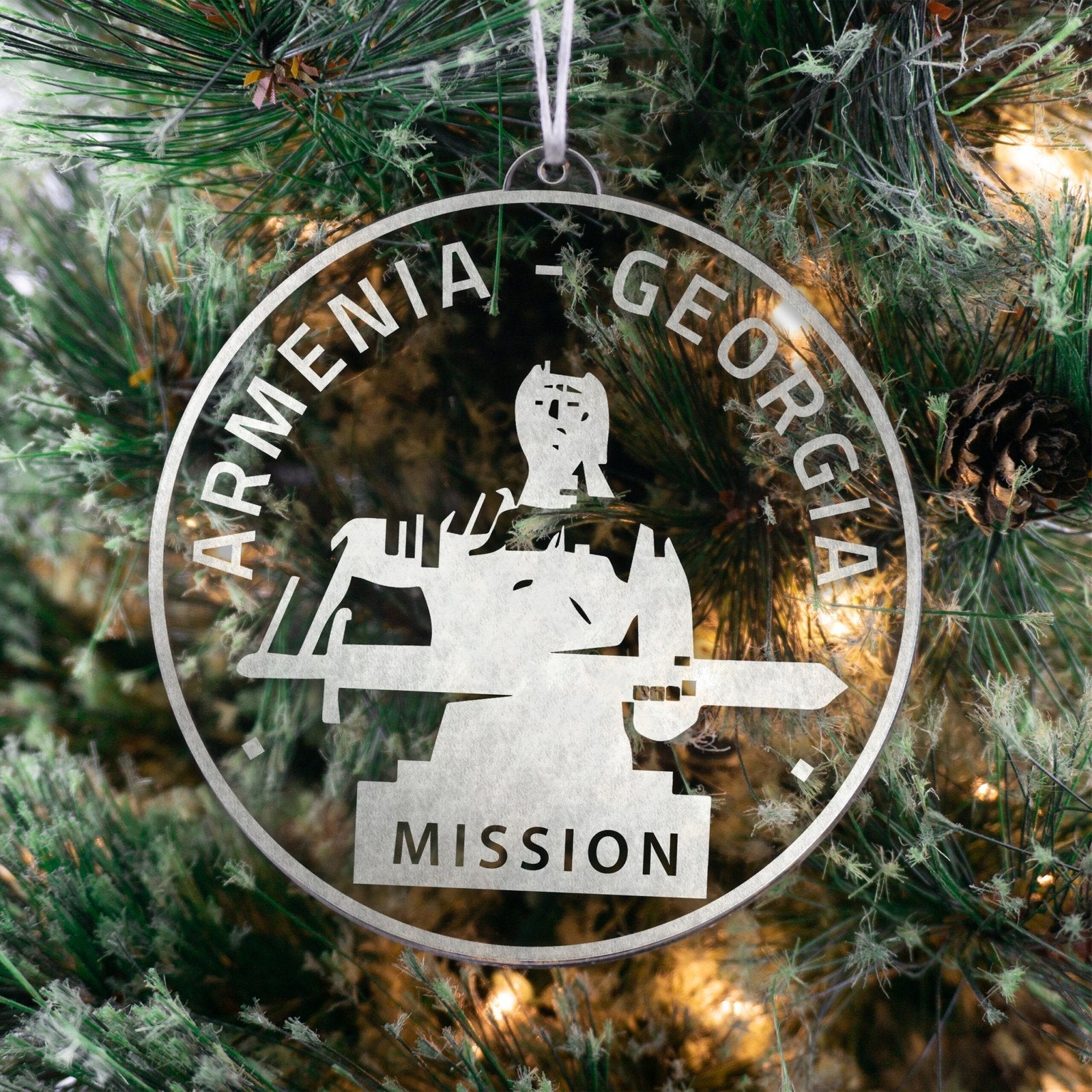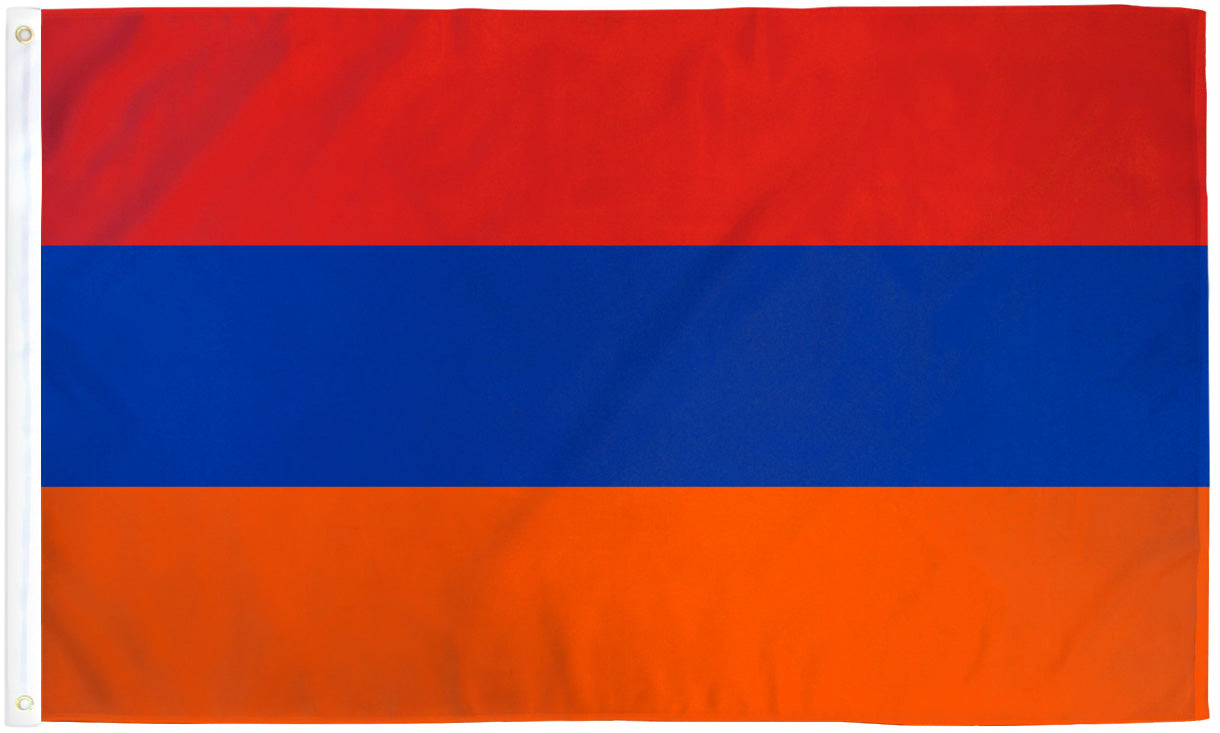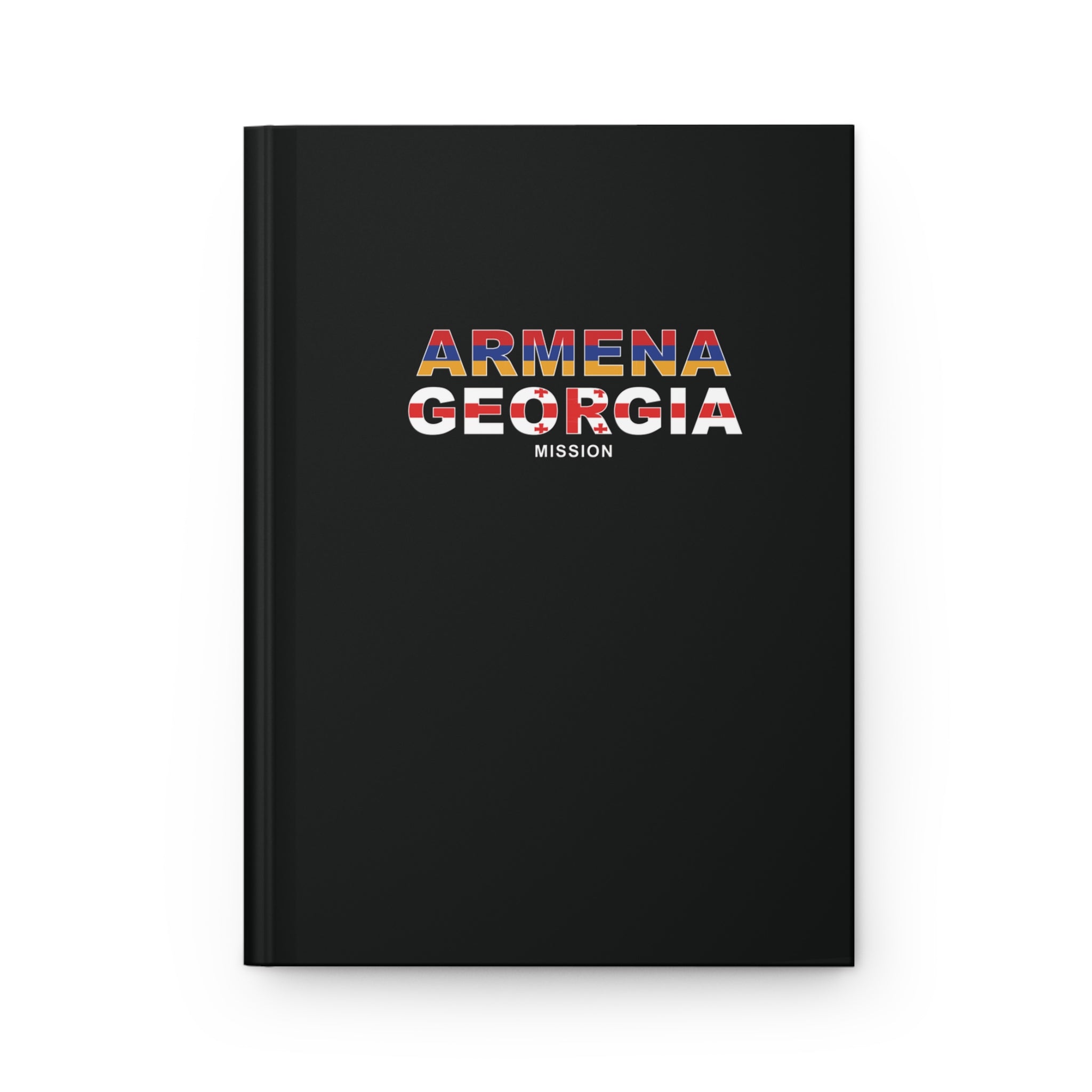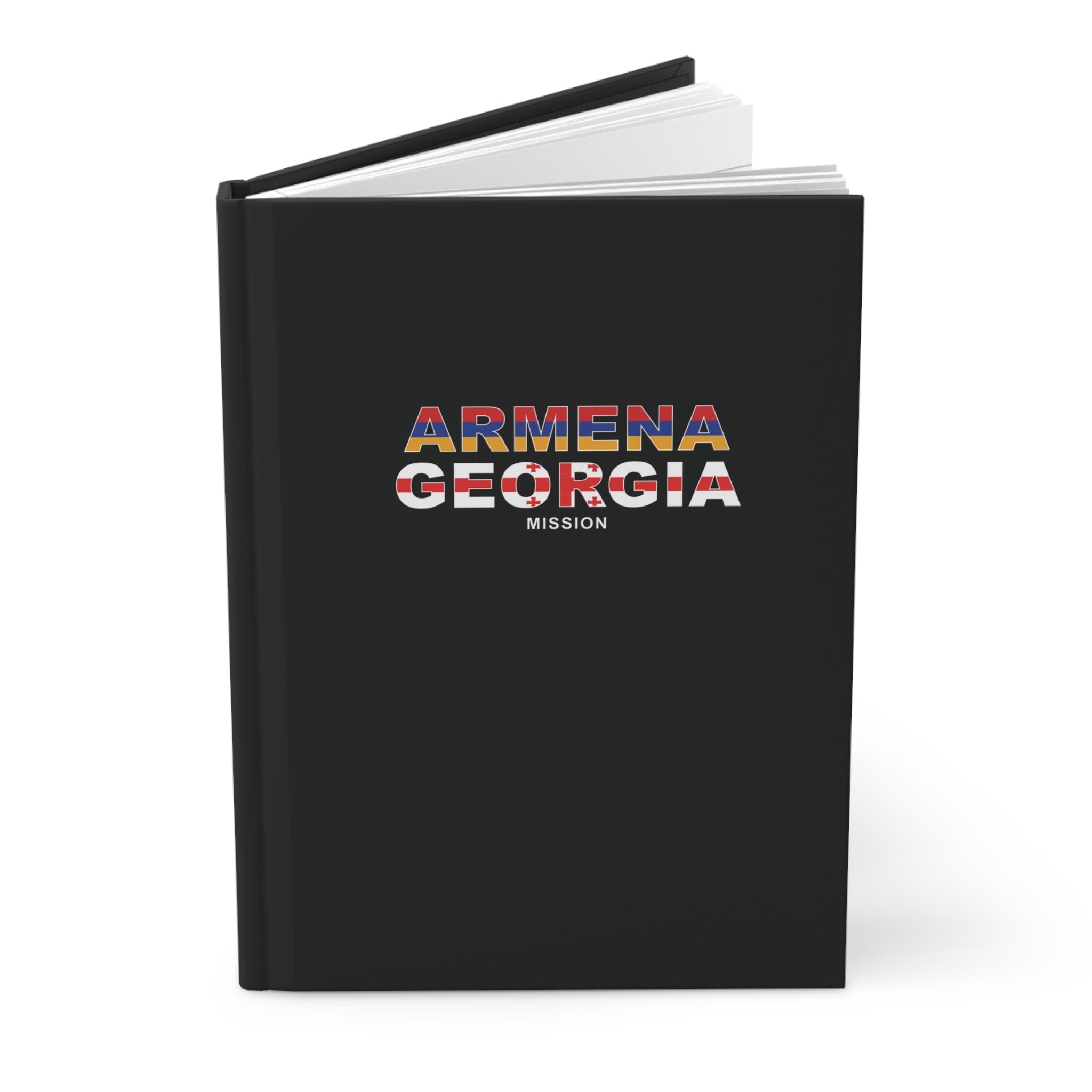The gospel has been preached among Armenians living outside of their homeland since the 1880s. In Turkey, Mr. Vartooguian and three members of his family were baptized in January 1885, the first Armenians to join the Church.
Continued violence and persecution caused Armenian Latter-day Saints to be driven from their homes and spread across the Near East. In 1921, the Church held a special fast to benefit Church members in need. A portion of the fast offerings (monies donated by members equal to the cost of food they would have eaten) was given to Armenian Latter-day Saints.
A branch (small congregation) of 59 Armenian members was functioning in Aleppo, Syria in 1946, but between 1947 and 1950 those members were forced to leave Syria. In December 1950, the Near East Mission was closed.
On December 7, 1988, portions of Armenia were devastated by an earthquake. Approximately 50,000 people died and half a million became homeless. One week later, Elder Russell M. Nelson of the Quorum of the Twelve (the second highest governing body of the Church) met with Soviet Ambassador Yuri Dubinin and his wife, Liana, in Washington, D.C., to convey condolences and to present a check for humanitarian aid.
In response to the earthquake, Utah industrialist and Church leader Jon M. Huntsman, working with American philanthropist Armand Hammer, established a concrete plant in Yerevan in late 1991. It produced reinforced concrete plank used to build homes and apartment buildings. The plant was staffed with Latter-day Saints humanitarian service couples who had expertise in seismic engineering and plant operations.
The humanitarian effort was headed by David M. Horne, who operated the plant and was also involved in managing shipments of food and supplies. In light of these efforts, the Church was registered in Armenia in December 1995.
Mikhail Oskar Belousaov was baptized in March 1992, the first man to join the Church in Armenia. In April, 1992, Nara Sarkissian was baptized as the first woman to join the Church in Armenia. The Yerevan Branch was organized in January 1994.
The Book of Mormon had been translated in 1937 into Western Armenian, which is spoken by Armenians living outside of Armenia. In March 1991, the translation of the Book of Mormon into Eastern Armenian was published.
In 2003, there were 1,537 members.
